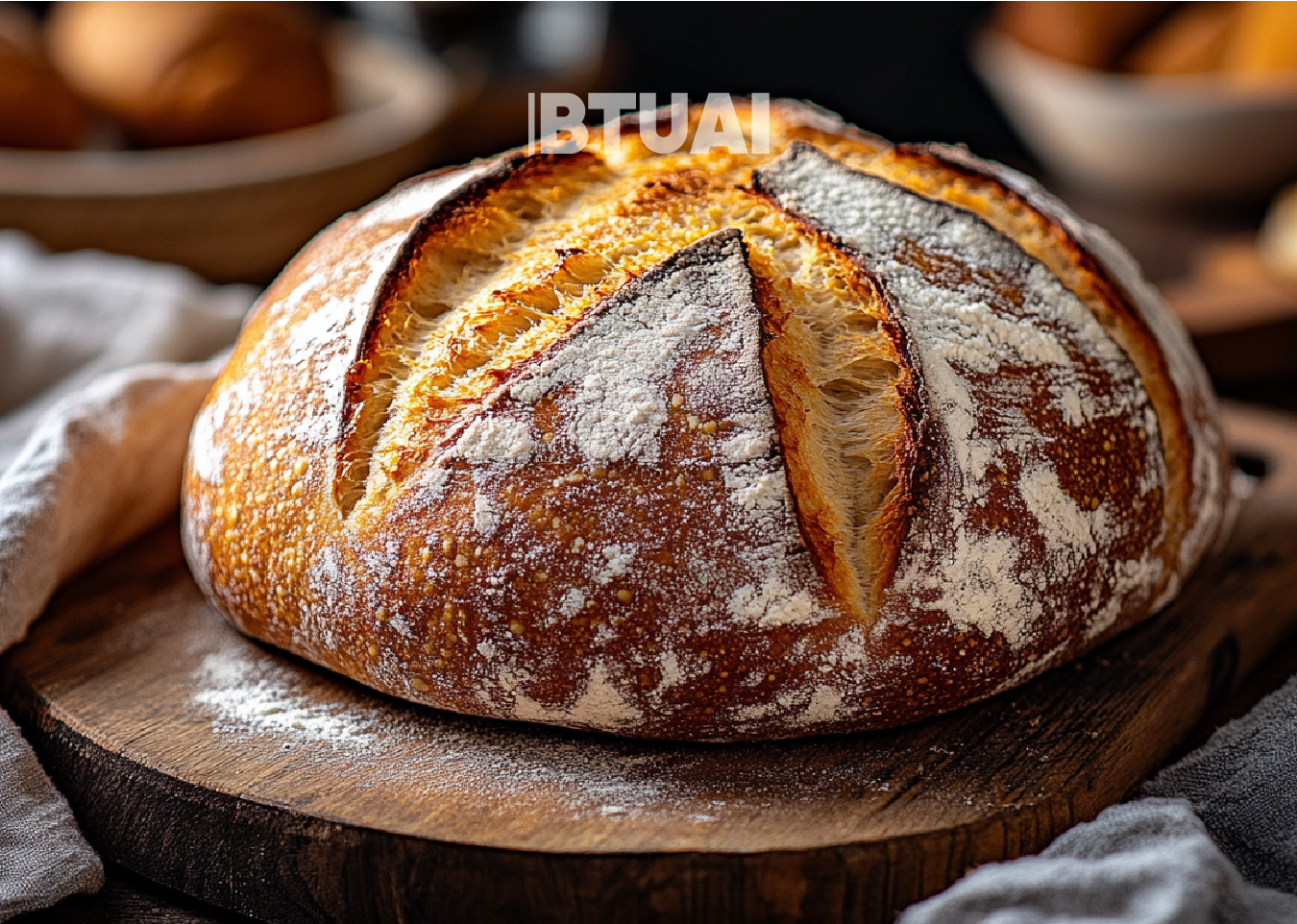Bread Imports Rise, While Exports Show Promising Growth Trend
Georgia’s bread and bakery market is undergoing a notable transition: on one hand, imports continue to increase, while on

Georgia’s bread and bakery market is undergoing a notable transition: on one hand, imports continue to increase, while on the other, exports—though still relatively small—are growing steadily. This shift is highlighted in first-quarter 2025 data from Geostat, which shows that bread and bakery imports rose by 3.5% year-over-year, reaching 7,392 tons at a total value of USD 21.9 million.
Although the increase in volume is modest, the higher total value reflects global price dynamics. Meanwhile, Russia’s share of imports is shrinking. While still Georgia’s largest supplier, imports from Russia dropped by 14.5% year-on-year to 2,451 tons (USD 5 million)—down from 2,867 tons (USD 5.5 million) in the same period of 2024.
At the same time, the share of other regions is rising. For example, imports from Turkey reached 1,178 tons (USD 3.8 million) and from Ukraine 1,122 tons (USD 3.1 million). Azerbaijan and Bulgaria also maintain smaller but stable positions in the segment.
As for exports, both volume and value show a positive trend. In the first three months of 2025, Georgia exported 502 tons of bread and bakery goods, worth USD 1.7 million. This marks a 23.3% increase compared to the same period in 2024 (407 tons, USD 1.4 million).
Azerbaijan emerged as the leading export destination, receiving 202 tons worth USD 501,000. It was followed by Armenia (125 tons, USD 739,000), Iraq (73 tons, USD 177,000), Israel (69 tons, USD 134,000), and Turkey (13 tons, USD 69,000).
Although exports remain minor compared to imports, the growing diversification of export markets clearly shows that Georgian products are gradually establishing a foothold abroad. This development is driven by increased domestic production and deeper regional economic integration.
However, challenges persist—namely, improving competitiveness in pricing, logistics, storage, and compliance with standards. A paradox also emerges: while local producers are becoming more active in exports, imports are still rising. This suggests that the domestic market still requires imported goods, not necessarily due to a lack of supply, but because a portion of local production is being directed to foreign markets.
Looking ahead, if local production improves in technological capacity and compliance, the bread and bakery sector could evolve into a key industry—capable of meeting domestic demand while also supporting competitive exports across the region. To achieve this, targeted policies will be needed, including logistical support and tax incentives, to encourage producers to shift toward high-quality, large-scale, and long-term export production.
Today’s statistics are just the beginning. If the current annual export growth trend holds—or accelerates—Georgia could emerge as a small but stable exporter within the South Caucasus, gradually diversifying its economic portfolio beyond its traditionally import-dependent structure.




